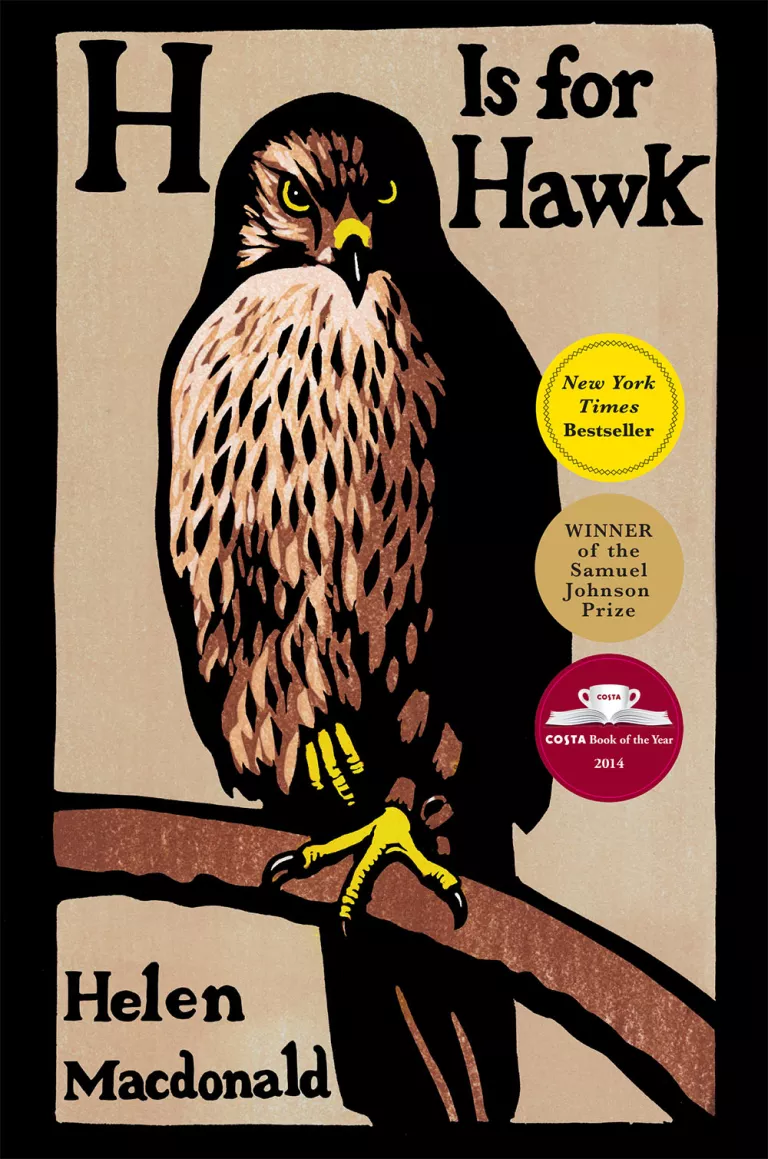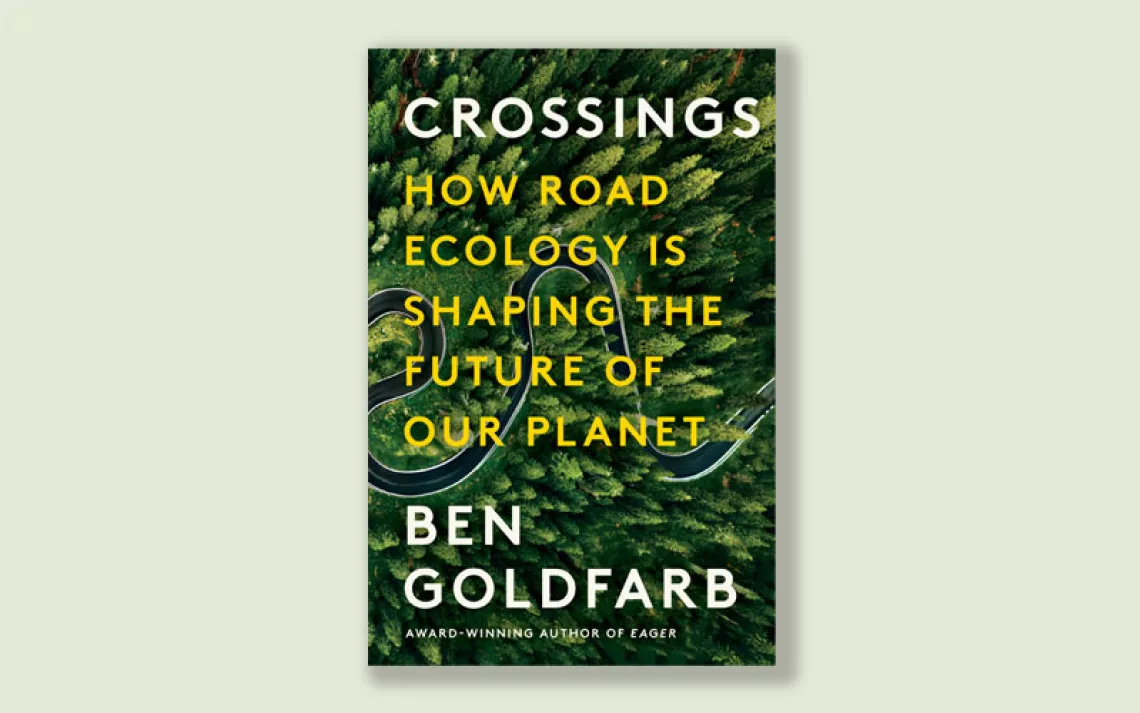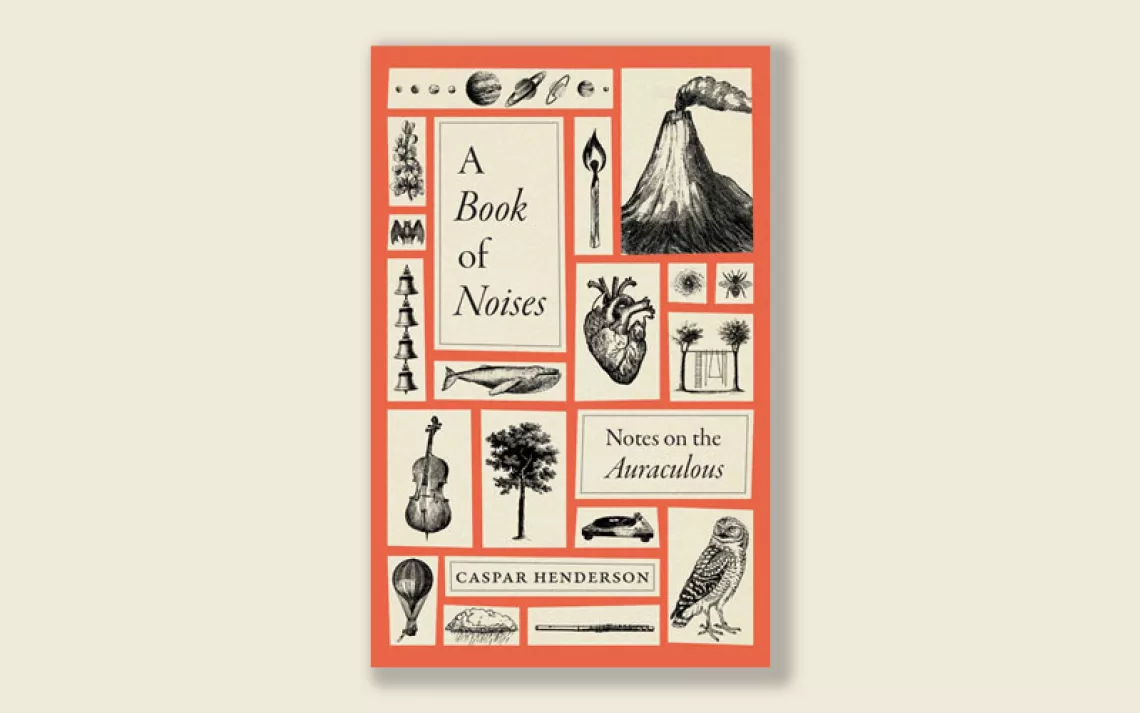The Paradox of "H is for Hawk"

H Is for Hawk, by Helen Macdonald. | Image courtesy of Grove Press
Part grief memoir, part falconry how-to, part literary history, Helen Macdonald’s H Is for Hawk simultaneously draws the reader into multiple, fully realized worlds.
Macdonald was already an experienced falconer when, in 2007, after the sudden death of her father, she decided to fill his painful absence by taking on a goshawk, a species notorious for being unsociable and difficult to train. Readers follow Macdonald and the young goshawk she calls Mabel as they inch toward understanding.
Interwoven with this engaging and moving account is the more disturbing story of English writer T. H. White’s dismal attempt to tame a goshawk in the 1930s. White, most famous for Arthurian novels like The Once and Future King, detailed this failed relationship in The Goshawk, a book that hovers over this one like both ur-falconry memoir and how-not-to manual.
H Is for Hawk offers a different view of “wildness” than that commonly held by U.S. conservationists. Mabel, born in an aviary, lives in Cambridge, England, and is mostly fed by her human owner. When she hunts, she is driven to a field owned and maintained by people who’ve given her permission to be there, and much of her quarry—hare, partridge, pheasant—is itself not native to Great Britain. “The wild,” Macdonald says, “can be human work.”
The book is built of such paradoxes—a creature both wild and tame; a relationship that requires strong identification as well as an acknowledgment of the other’s essential alienness; a bereavement eased by intense, repeated encounters with death. Written in limpid, allusive prose, H Is for Hawk is a significant contribution to the literature of the human encounter with the natural world.
H Is for Hawk, by Helen Macdonald (Grove, 2015)
Watch Macdonald discuss her award-winning book:
 The Magazine of The Sierra Club
The Magazine of The Sierra Club







